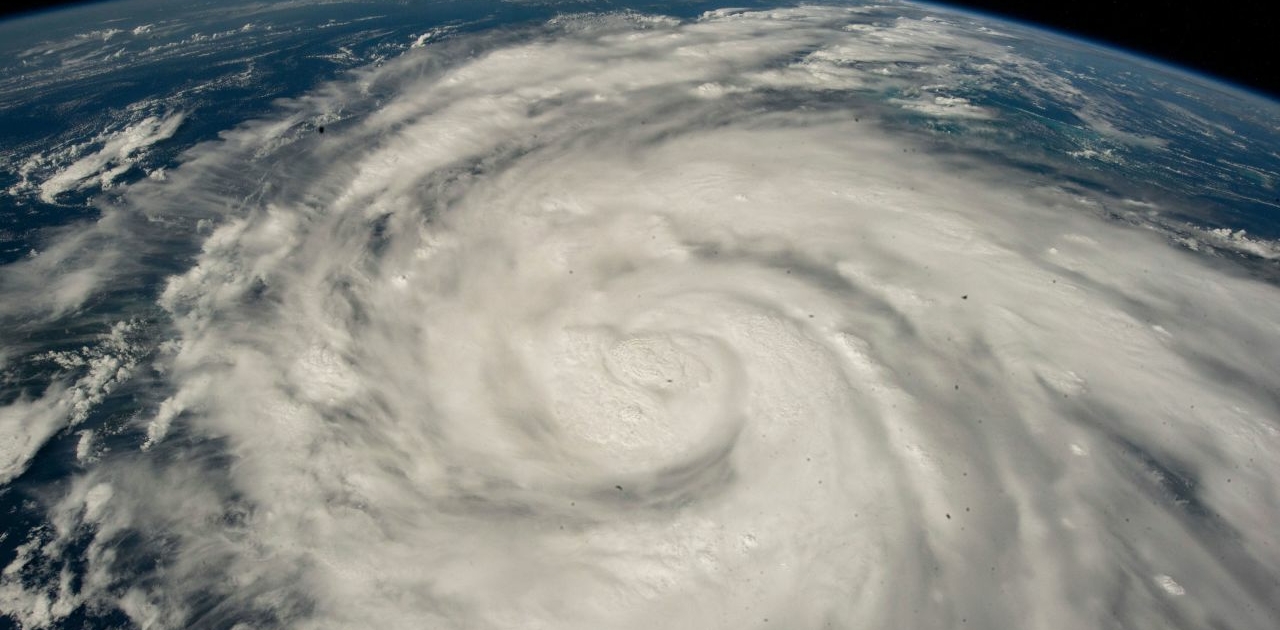Cyclone Preparation and Response – The USA and Bangladesh
Extensive measures can be implemented to prepare for and manage the effects of tropical cyclones. However, the success of these preparations is partially influenced by a country’s level of development. Countries in the developmental stage tend to be more susceptible to these events.
Cyclone Preparation in the USA, a developed country
- Satellite technology, flights for monitoring cyclones, and radar systems are all employed to forecast where and how intensely tropical cyclones will hit.
- Weather forecasting accuracy has improved significantly, with alerts being disseminated through television and radio. Evacuation is conducted along designated routes, moving from coastal areas to inland shelters such as schools and sports centres.
- Expensive storm-surge barriers, known as levees, are built to resist flooding from all but the most severe storms.
- In cases of severe impact, FEMA (the Federal Emergency Management Agency) steps in to aid in repairs and provide temporary housing.
- Should a large-scale disaster occur, national government funds are allocated to local governments to assist with repair costs.
- Many individuals have personal insurance for their homes and businesses, aiding recovery efforts.
Cyclone Preparation in Bangladesh, a developing country
- Alerts for impending cyclones are broadcasted through radio and television and, increasingly, via text message.
- However, evacuation options are limited, often hindered by the scarcity of transportation and inadequate road infrastructure.
- Many individuals seek refuge in cyclone shelters, of which there are approximately 500, constructed of concrete and elevated on stilts. Each of these shelters incurs a cost of £250,000, a substantial sum for a developing country.
- Despite these measures, the number of shelters is insufficient for the entire population, and they do not safeguard homes or crops.
- To protect livestock, cattle are often placed on fenced embankments known as ‘kilas’ in hopes they will endure the storm.
- In the aftermath of a severe cyclone, local government efforts are frequently supplemented by international aid, with foreign governments and charities providing monetary, food, and technical support to assist in rebuilding lives.
- In a longer-term perspective, developing rice varieties resistant to saltwater flooding would significantly benefit farmers by ensuring the survival of their crops.


